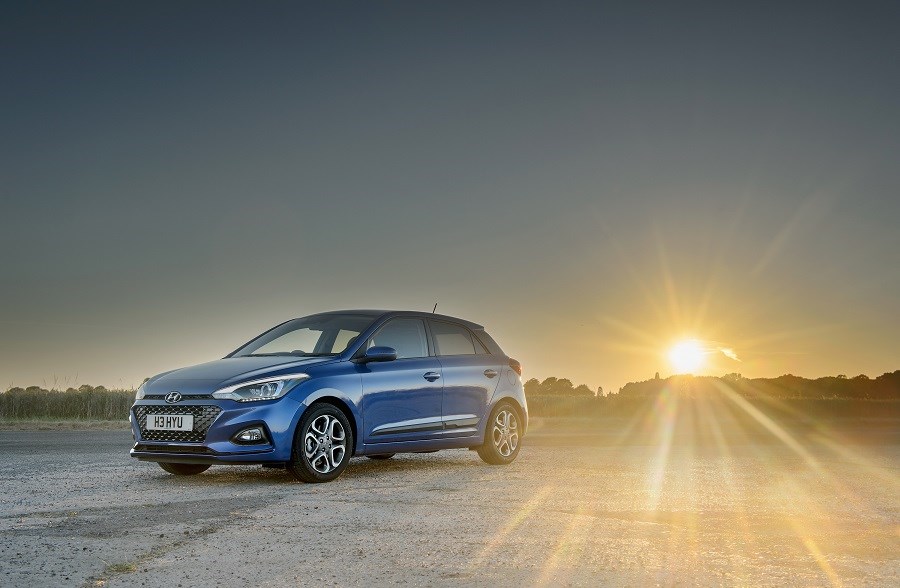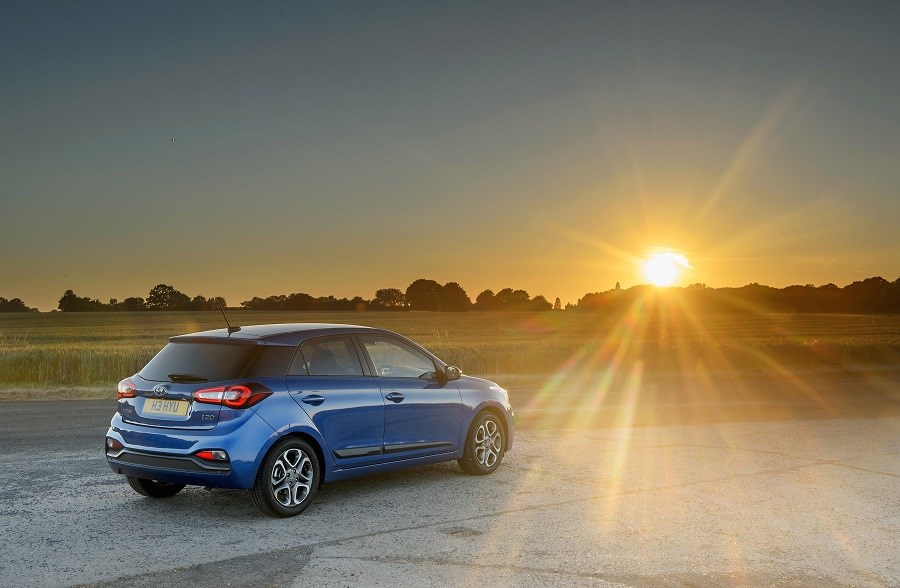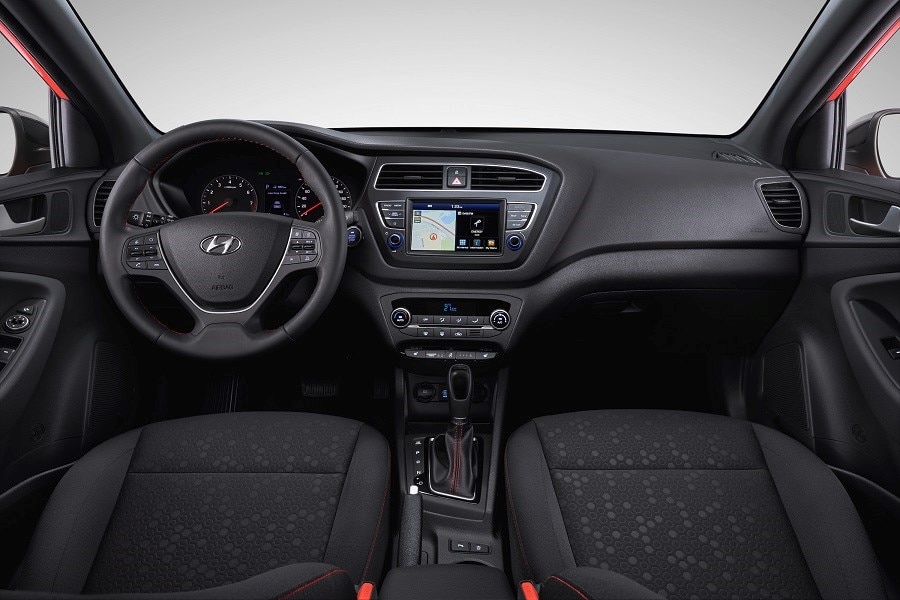Latest model
Although the i20 was given a facelift in 2018, the differences between old and new require a trained eye as it’s difficult to tell them apart.
Both the front and rear bumpers are different, with the front end getting Hyundai’s signature ‘cascading grille’, while it also gets bold LED daytime running lights.
The back bumper has also been altered, while the rear lights have been redesigned with included LEDs and a slightly more angular dynamic.
The most significant changes are in the technology, though. The i20 features Hyundai’s SmartSense driver assistance features, including lane-keeping assist, autonomous emergency braking, driver attention alert and high beam assist, while the infotainment interface is also new and state-of-the-art.
Much of the cabin remains otherwise unchanged, although there are a few subtle trim and detail changes over the outgoing model.
Value for money
At first, the i20 doesn’t look like terrific value for money.It kicks off at £13,995, which is quite a lot for an entry-level supermini.
But if you look at the spec, you’ll see that it stacks up very well against rivals. Hyundai offers a comprehensive package of standard equipment on every model, including the base S Connect spec, leaving the smaller i10 to compete against other manufacturers’ entry superminis.
Buy an i20 and you get a mature car with loads of standard equipment, along with striking good looks, decent performance and a comprehensive five-year warranty. It’s better value - at list price at least - than a Ford Fiesta or Volkswagen Polo with comparable levels of standard equipment.
Where it looks less like value for money, though, is at the top of the range. The range-topping Premium SE Nav costs over £18,500 - that’s a lot of money for a Korean supermini…
Looks and image
Gone are the days when a Hyundai was a bland looking car there to simply do a job. The company’s latest model range is getting more handsome by the day, and the i20 is genuinely one of the best looking superminis on the market right now.
The angular headlamps, sculpted bonnet, mesh grille and and distinctive wedge-shaped swage line down the sides give it a purposeful appearance, helped by the facelift model’s LED light features which really help to keep it modern and up-to-date.
Handsome as it may be, the Hyundai badge still doesn’t have the cachet of some of its rivals, but because of that, the company has loaded the i20 with tech in order to tempt younger buyers especially into its showrooms. Even the base model gets an seven-inch touchscreen with Apple CarPlay and Android Auto mirroring, for example, while the safety technology is among the absolute best in the supermini class, with only the Nissan Micra and new Ford Fiesta coming close on driver assistance kit, and at a higher price point.


